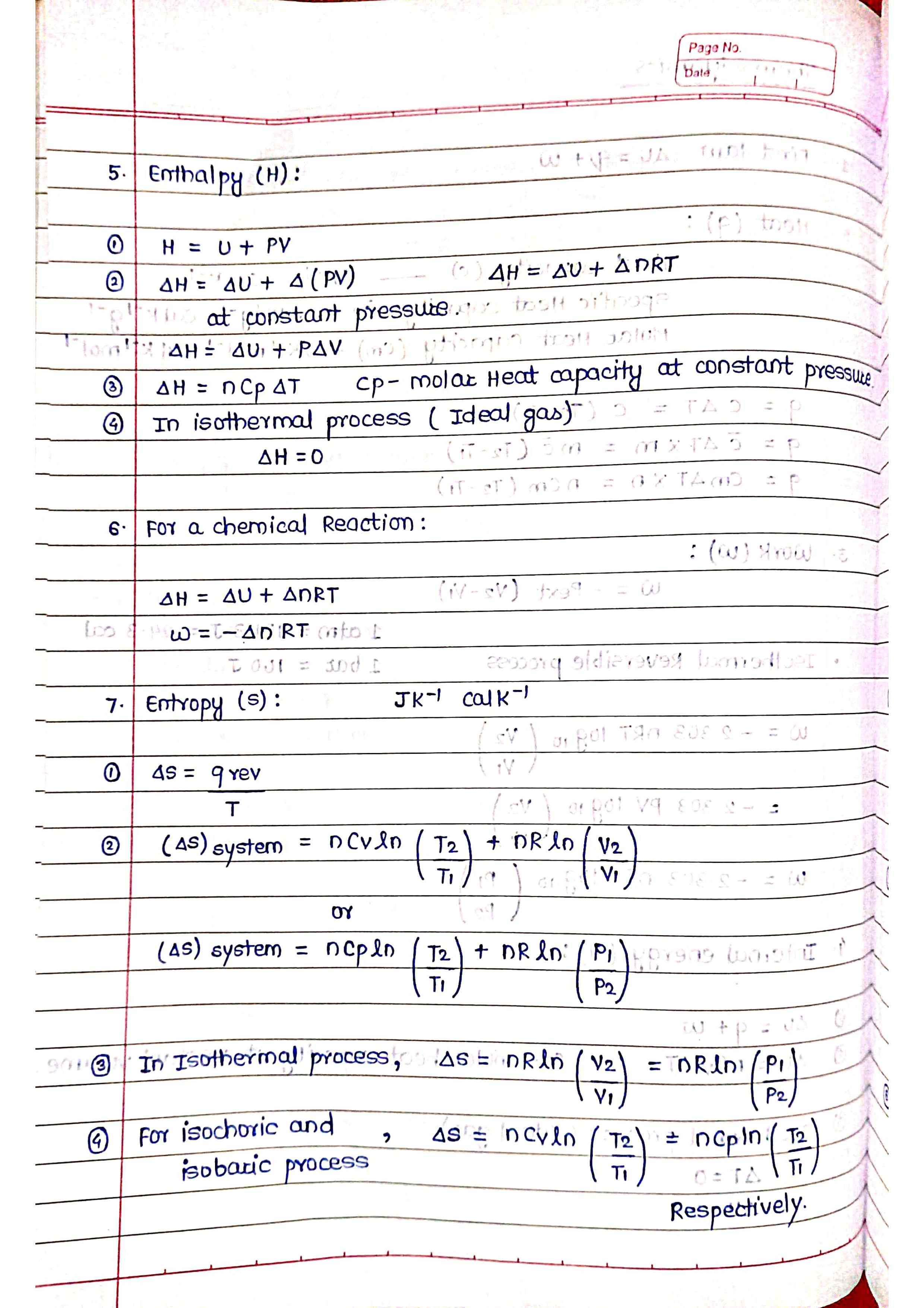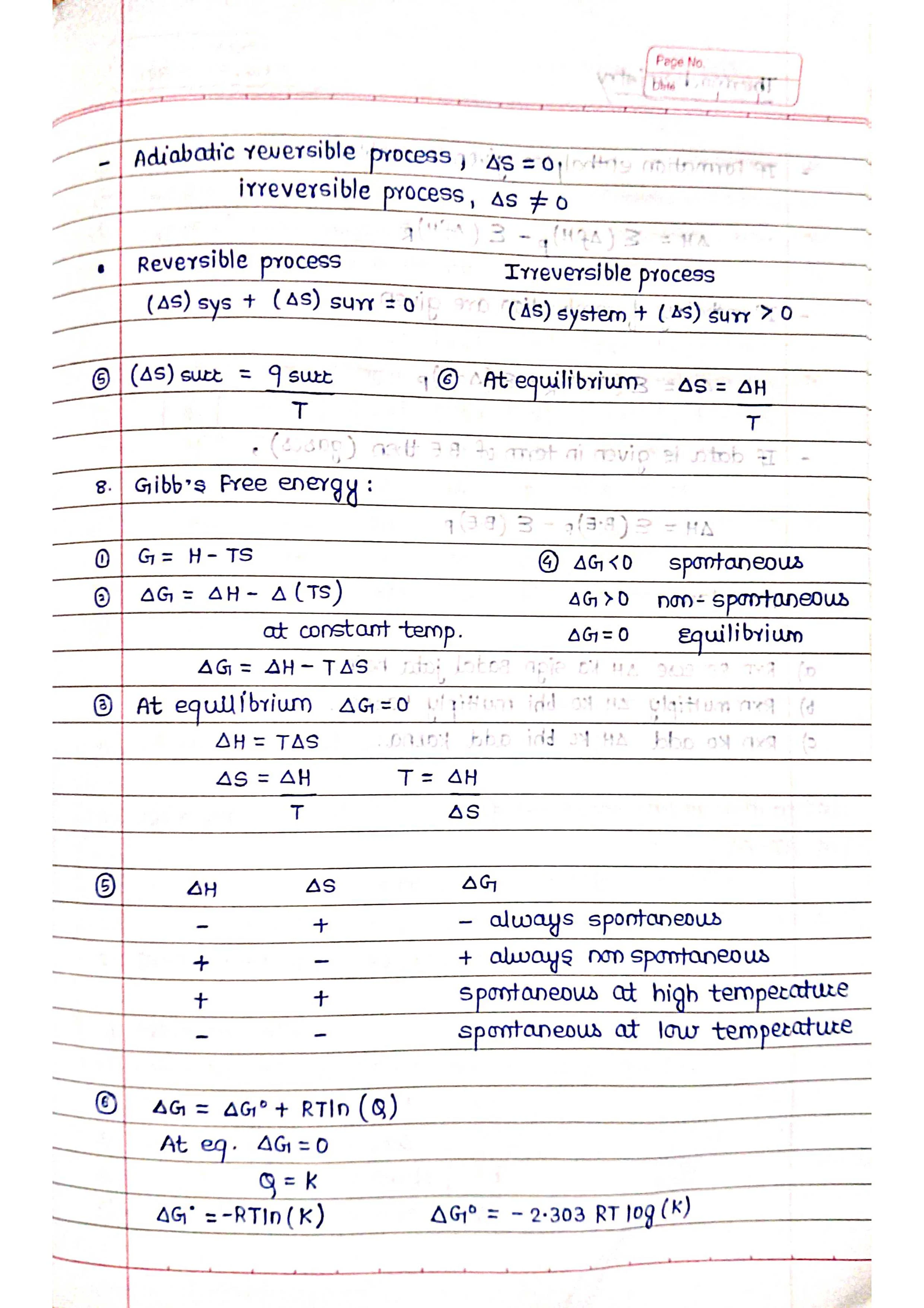Thermodynamics is a branch of physical chemistry concerned with the relationship between heat, work, temperature, and other forms of energy. It essentially deals with the transfer and transformation of energy in chemical and physical processes.
Thermodynamics in Chemistry - Systems and Surroundings
➡️System: The specific portion of the universe under study. It can be isolated, closed, or open.
➡️Isolated system: No exchange of energy or matter with the surroundings.
➡️Closed system: Exchange of energy but not matter with the surroundings.
➡️Open system: Exchange of both energy and matter with the surroundings.
➡️Surroundings: Everything outside the system.
State Functions and Path Functions
➡️State functions: Properties of a system that depend only on its current state, not on how it got there (e.g., temperature, pressure, internal energy).
➡️Path functions: Properties that depend on the specific path taken between two states (e.g., heat, work).
Laws of Thermodynamics:
➡️Zeroth law: If two systems are each in thermal equilibrium with a third system, then they are in thermal equilibrium with each other.
➡️First law: Energy cannot be created or destroyed, only transferred or transformed (ΔU = Q + W, where ΔU is the change in internal energy, Q is heat, and W is work).
➡️Second law: The entropy of an isolated system never decreases over time. In simpler terms, disorder always increases in a closed system.
➡️Third law: The entropy of a system approaches a constant minimum value as the temperature approaches absolute zero.
Thermodynamic Functions:
➭Internal energy (U): Total energy of a system, including kinetic and potential energy of its molecules.
➭Enthalpy (H): U + PV (where P is pressure and V is volume).
➭Entropy (S): A measure of disorder in a system.
➭Free energy (G): G = H - TS. Determines the spontaneity of a process at constant temperature and pressure.
Chemical Thermodynamics:
➭Applies thermodynamic principles to chemical reactions.
➭Predicts spontaneity, feasibility, and equilibrium of reactions.
➭Explains factors like enthalpy change (ΔH), entropy change (ΔS), and Gibbs free energy change (ΔG) in chemical processes.









